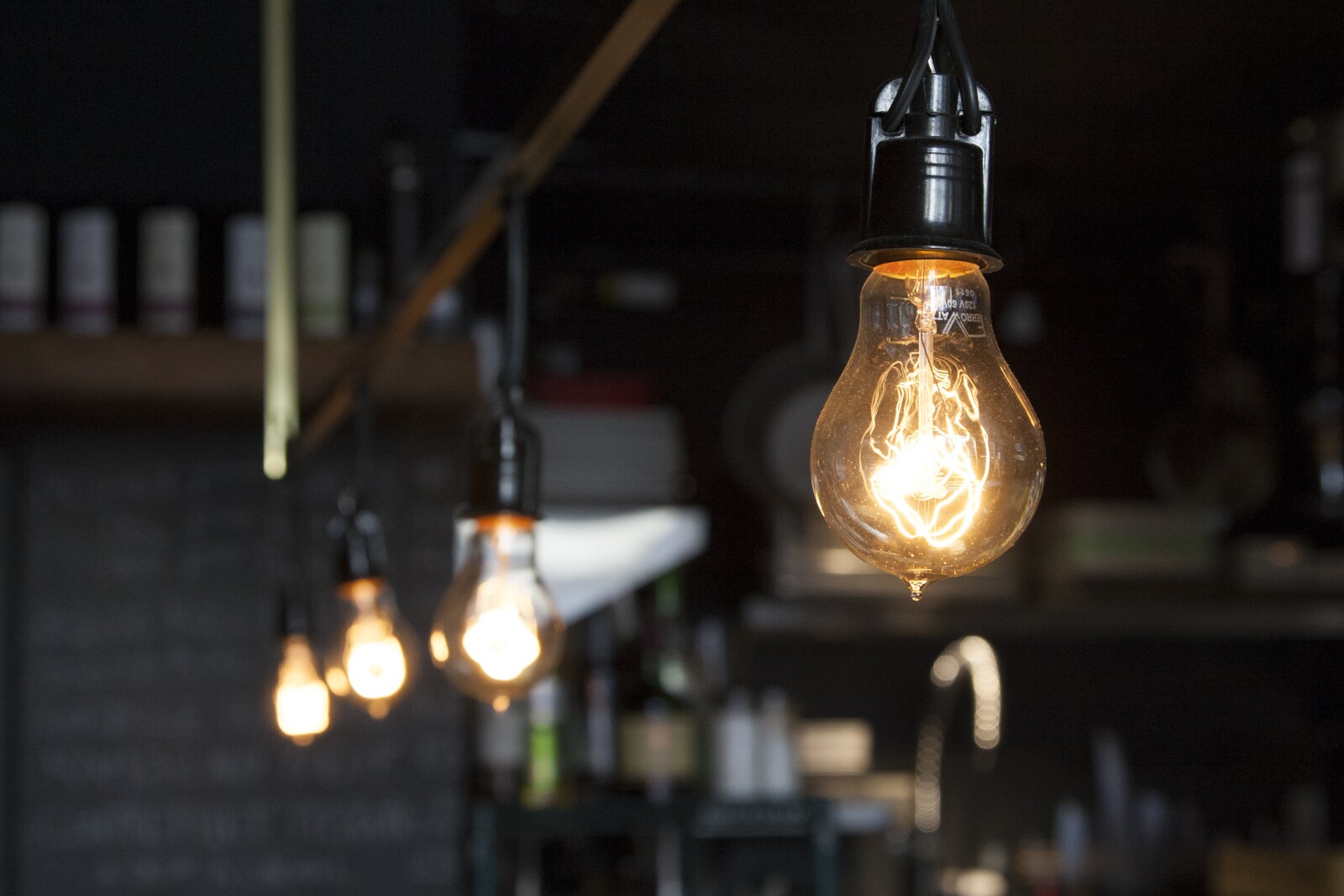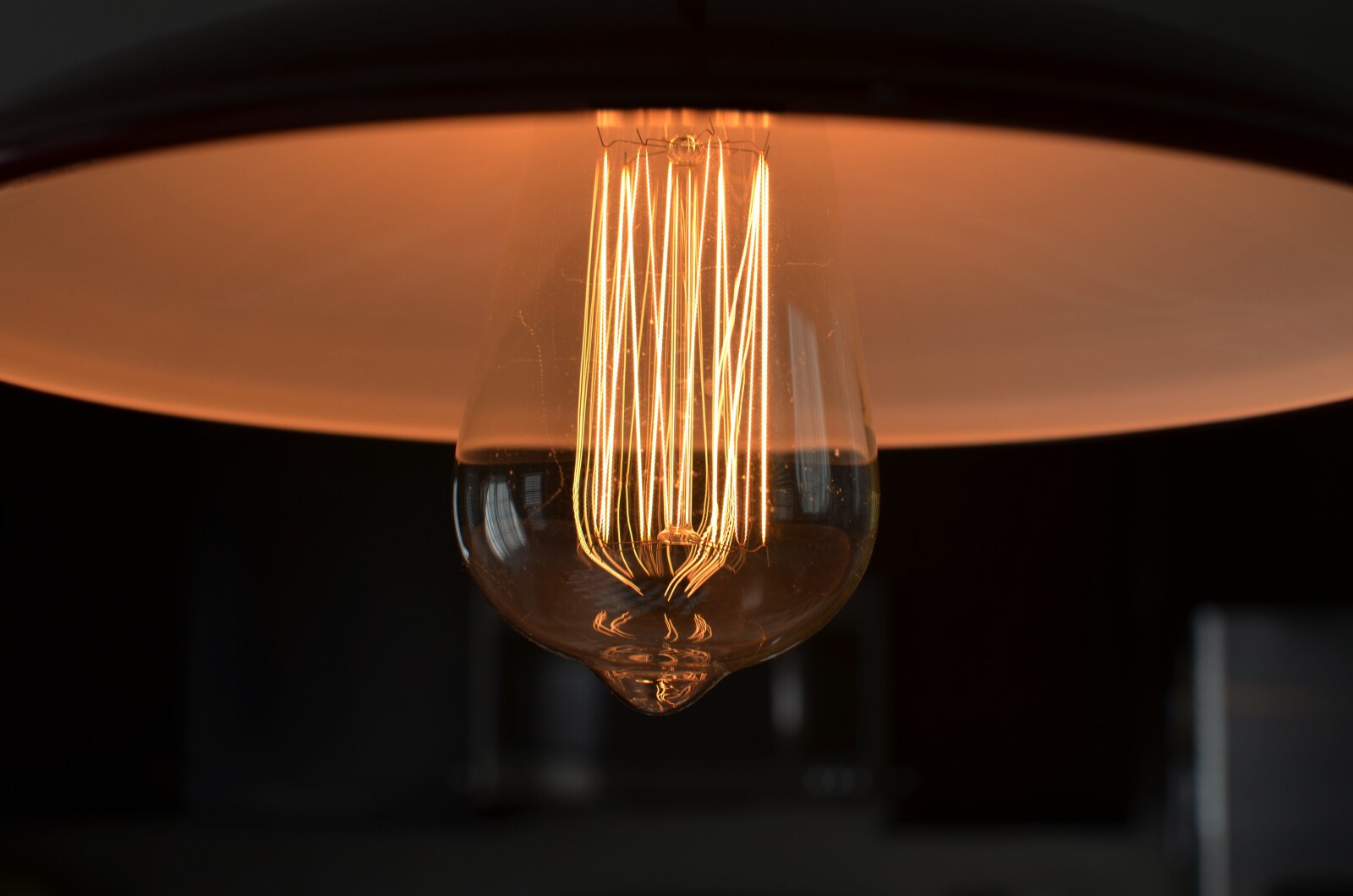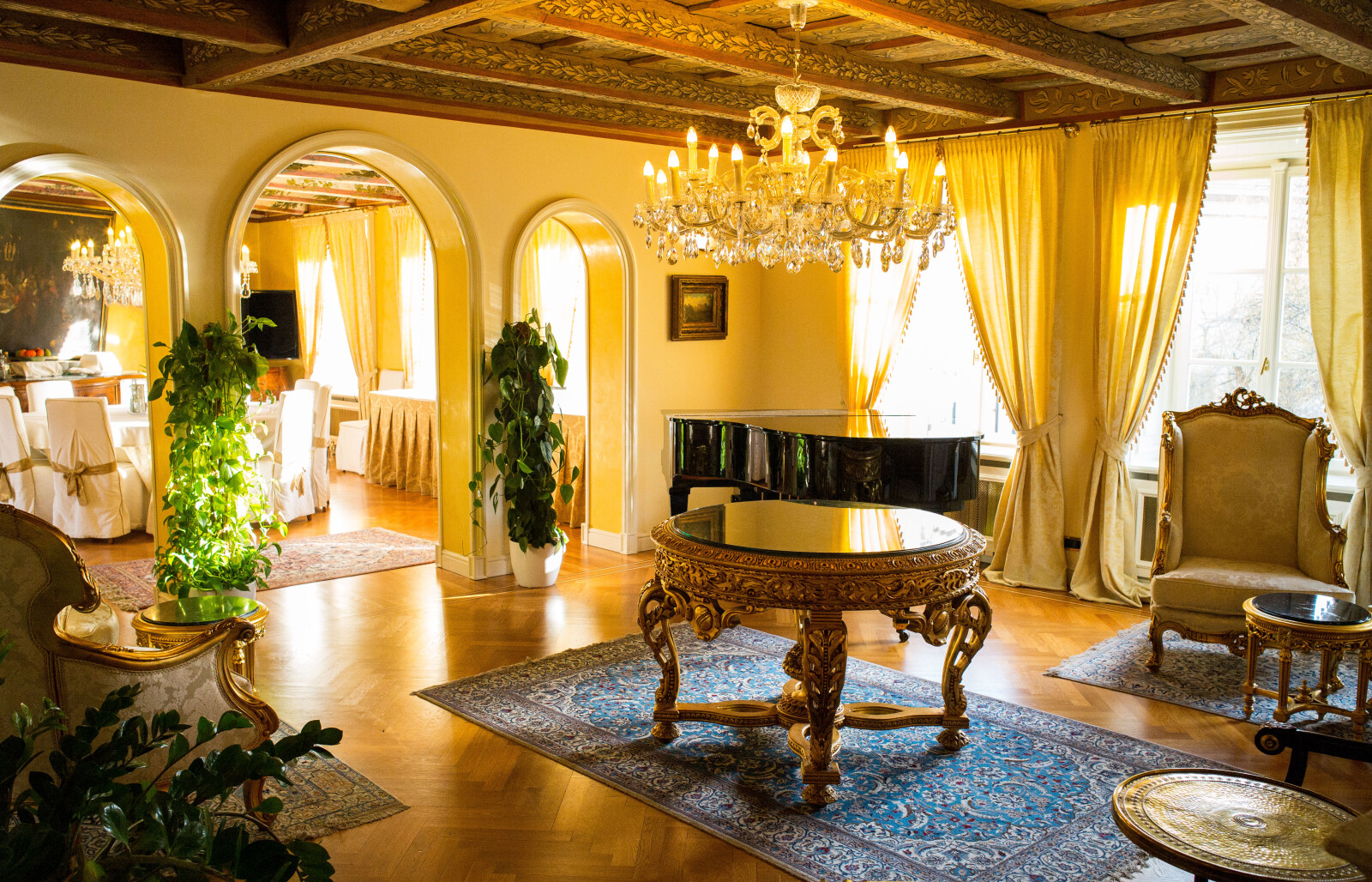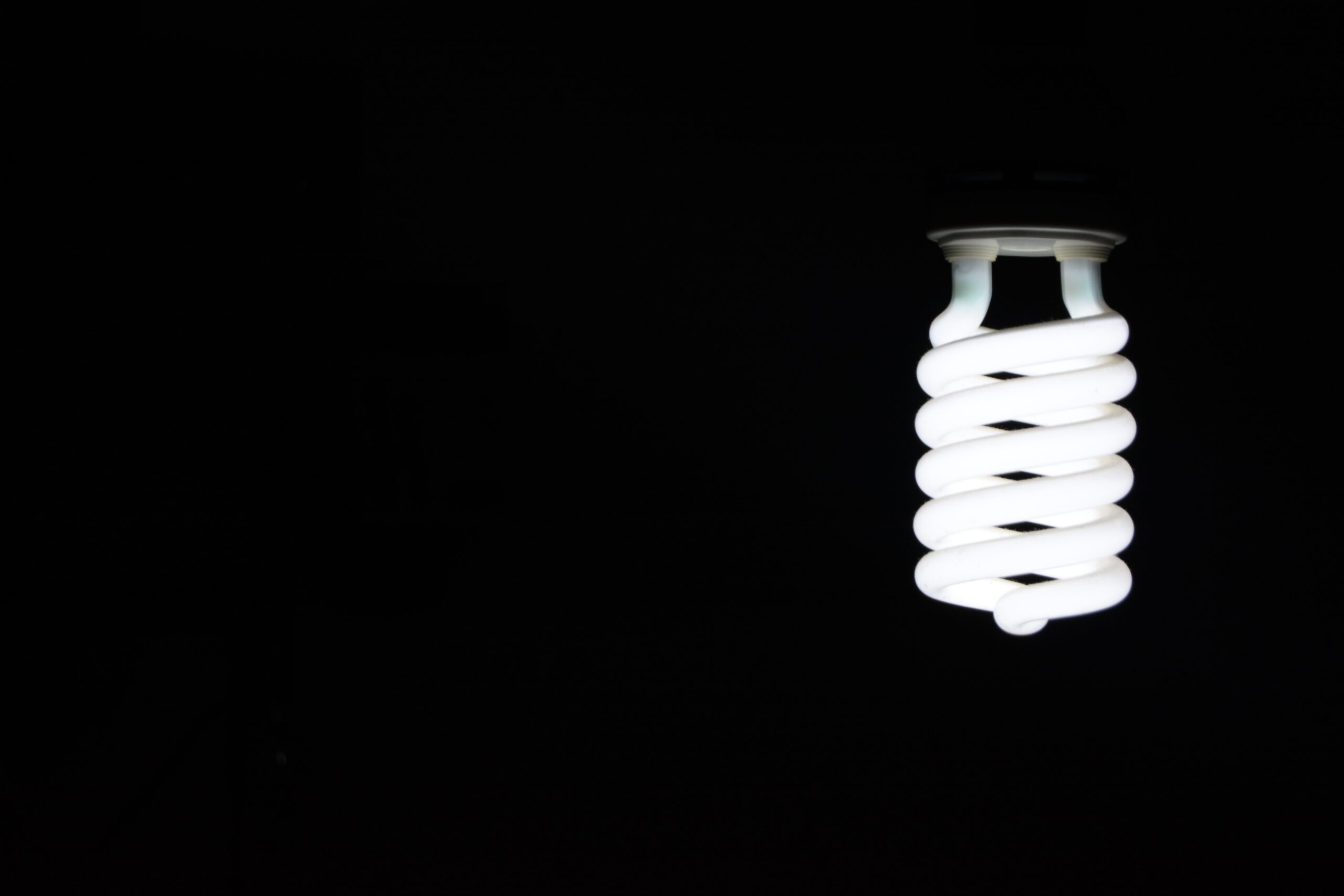There are some options when buying incandescent light bulbs, even if it seems like there are not many. The color of light and the shape of the bulb will depend on where you plan to use it, and the brightness level and wattage will depend on what your needs are for that particular space. Understanding these different considerations will help you choose incandescent light bulbs that work for your home or office.

In choosing incandescent bulbs, look for the following:
Decide which color light you want to buy.
There are two main ways to describe light color:
- Color temperature: a measure of how cool or warm the light is, measured in kelvin. This is determined by the color of the filament inside an incandescent bulb (more on that later).
- Color rendering index (CRI): a rating for how accurately colors are rendered when lit by this bulb.
Choose the shape of the light bulb that fits the fixture.
The first thing to consider with incandescent light bulbs is the shape. The bulb should fit the fixture and the space. Look at the bulb’s diameter, as well as its length, when choosing a replacement. Even if you’re replacing an old incandescent bulb, you’ll still want to make sure that it will be able to fit in your lamp or chandelier. The proper size of the bulb is essential for energy efficiency and safety issues: larger bulbs will generate more heat than smaller ones (which means less light).
The second thing to consider with incandescent light bulbs is their purpose: are they for general lighting? If so, then choose a clear bulb—they provide even illumination throughout your room while also being less expensive than other types of colored bulbs available today (such as warm white). Or are these lights instead meant specifically as decorative accents like sconces on walls? In this case, go ahead and pick up some colored incandescent equivalents instead! Last but not least – do these particular lights need any special features such as dimming capabilities? If so, go check out those options now, too, before making up your mind about anything else!
Finally, don’t forget about style considerations either; after all, no matter how much we may try, there will always be aesthetic value judgments involved when choosing our home’s decorating schemes…

Decide how much wattage you need.
There are many ways to choose the correct wattage for your light bulb, but here are a couple of things to consider:
- With a dimmer switch on the fixture, you can sometimes use a lower-wattage bulb. For instance, if you currently have a 60-watt incandescent lightbulb in your kitchen lamp and want to replace it with something similar, try using 40-50 watts instead (40 or 45 will be best). By doing so, you will save money while still achieving similar levels of brightness and warmth.
- On the other hand, if you have a dimmer switch on your fixture and want more light overall—rather than just wanting less heat—incandescent bulbs can also use higher-wattage bulbs! For instance, if you currently use 75-watt bulbs throughout your house and want brighter lights overall without having them burn hotter than usual (thus raising air conditioning costs), switch to 100-watt incandescent lightbulbs. It should solve most of these issues at once!
Choose your brightness level.
If you’re looking for the correct incandescent light bulb, your first step is to decide how bright you want it to be. Brightness is measured in lumens, which measure how much light a bulb produces. The number of lumens listed on the packaging of an incandescent bulb will tell you how bright that particular bulb will be when it’s turned on.

Incandescent bulbs come in different brightness levels, ranging from 10 watts to 60 watts and beyond. A 40-watt soft white incandescent bulb produces about 800 lumens, the same as a 60-watt halogen globe or fluorescent tube.
Look out for an “ice blue” or “soft white” label if all you want is illumination without glare or flicker; these bulbs produce 2200 K color temperature and have been designed to replicate the appearance of sunlight (in terms of brightness). If they seem too bright even at low levels, try one with 2700 K instead; this type looks closer to candlelight but still gives enough illumination for tasks such as reading in bed (although not quite enough light for walking around).
You can choose incandescent bulbs that work for you.
When choosing a bulb, it’s essential to consider how the light will be used. There are many different sizes, wattages, and shapes to choose from. Consider the fixture you want to use them with and make sure they fit before purchasing.
For example, if you have an old-style lamp with a candelabra socket (the small round base), you must choose between three-way bulbs or ones without an on/off switch. For example, if you need to turn off your lamp quickly at night to avoid disturbing others (or yourself), opt for an on/off switch version of incandescent bulbs. Otherwise, stick with three-way bulbs so they can be dimmed from full brightness to low when reading or engaging in other activities requiring low illumination levels.
In addition to size and shape considerations, there are also color options available for light bulbs—some are warmer than others—and this too should factor into how much energy is used throughout your home as well as how bright or dim it feels when activated by switches located throughout various rooms within your house itself!
Conclusion
That’s it! Wasn’t that easy? Now you know all you need to choose your new incandescent light bulbs. If you want to make the most sustainable decision, buy LED or CFL bulbs instead. But if you want an old-school bulb that fits into every fixture and has a certain feel, go for an incandescent bulb. It’s up to you!


